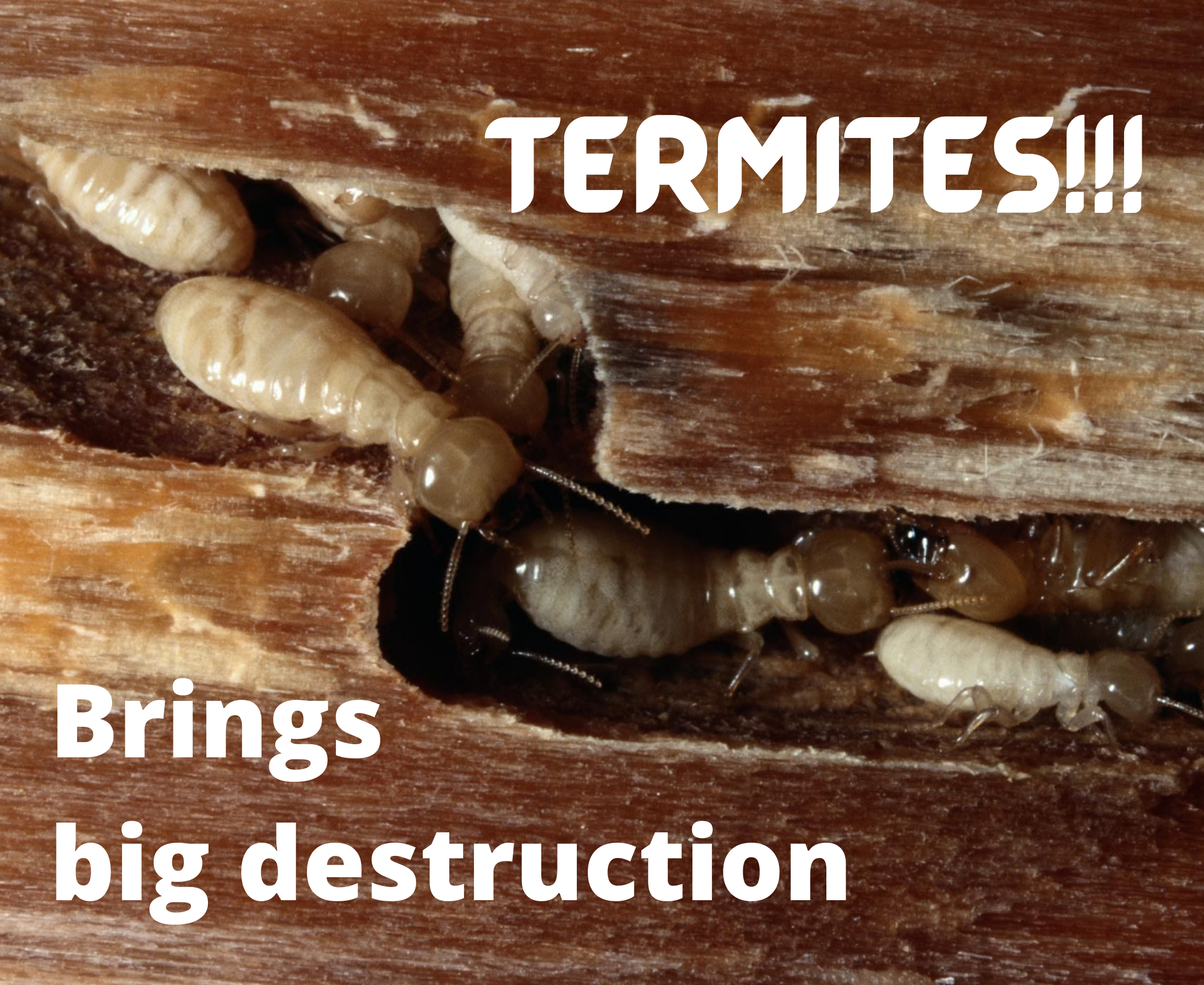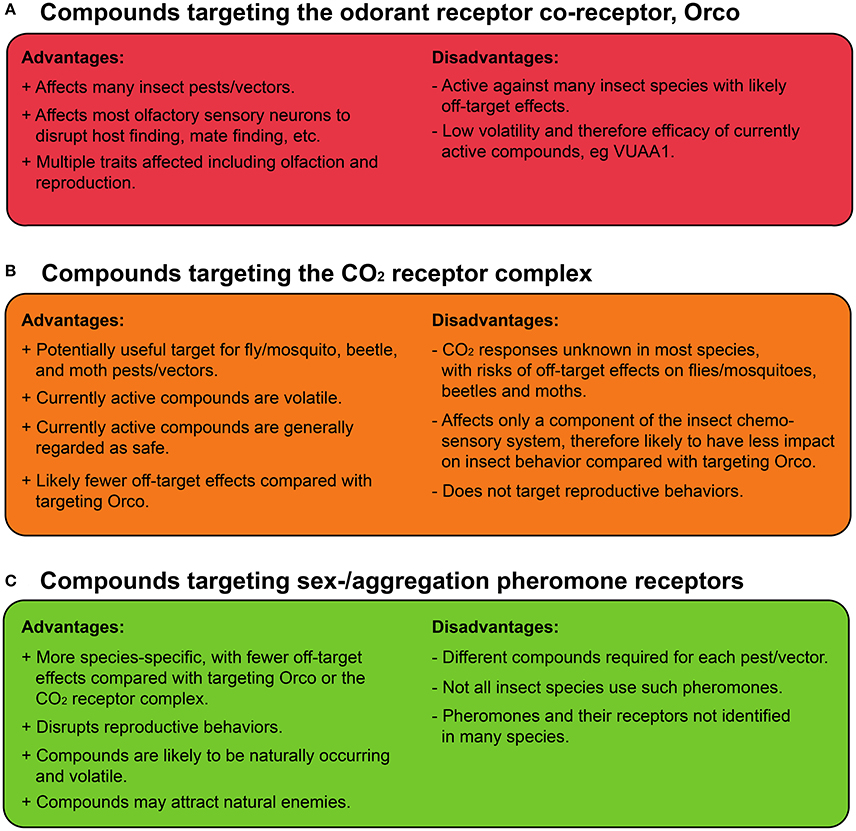Getting My Eco Bed Bug Exterminators Dc To Work
Getting My Eco Bed Bug Exterminators Dc To Work
Blog Article
The smart Trick of Eco Bed Bug Exterminators Dc That Nobody is Discussing
Table of ContentsThe Greatest Guide To Eco Bed Bug Exterminators DcAn Unbiased View of Eco Bed Bug Exterminators DcEco Bed Bug Exterminators Dc Can Be Fun For AnyoneAbout Eco Bed Bug Exterminators DcThe Ultimate Guide To Eco Bed Bug Exterminators Dc
Due to the fact that chemicals are hazardous, they are additionally possibly harmful to human beings, animals, various other microorganisms, and the atmosphere. Consequently, people that use chemicals or routinely come in call with them must recognize the relative poisoning, possible health and wellness effects, and preventative procedures to reduce direct exposure to the items they utilize. Danger, or danger, of utilizing pesticides is the possibility for injury, or the level of risk associated with making use of a pesticide under an offered set of problems.
Nevertheless, applicators can lessen or nearly remove exposure-- and thus minimize hazard-- by complying with the tag directions, utilizing personal protective apparel and equipment (PPE), and dealing with the chemical correctly. More than 95 percent of all pesticide exposures come from dermal direct exposure, mostly to the hands and forearms. By wearing a set of unlined, chemical-resistant handwear covers, this kind of direct exposure can be nearly eliminated.
The dangerous impacts that take place from a single direct exposure by any type of course of entrance are called "intense results." The four paths of exposure are dermal (skin), breathing (lungs), oral (mouth), and the eyes. Acute poisoning is established by checking out the facial poisoning, breathing poisoning, and dental poisoning of guinea pig.
Some Known Facts About Eco Bed Bug Exterminators Dc.
Acute poisoning is measured as the amount or focus of a toxicant-- the a.i.-- needed to kill 50 percent of the pets in a test population. This measure is normally revealed as the LD50 (lethal dosage 50) or the LC50 (dangerous focus 50). Furthermore, the LD50 and LC50 values are based on a solitary dosage and are recorded in milligrams of pesticide per kg of body weight (mg/kg) of the test pet or in parts per million (ppm).
The reduced the LD50 or LC50 worth of a pesticide item, the better its toxicity to humans and pets. Pesticides with a high LD50 are the least toxic to humans if utilized according to the directions on the product tag. The chronic poisoning of a pesticide is established by subjecting guinea pig to lasting direct exposure to the energetic component.
The persistent poisoning of a pesticide is harder than acute poisoning to figure out via research laboratory analysis. Products are classified on the basis of their family member intense poisoning (their LD50 or LC50 worths). Chemicals that are categorized as highly poisonous (Poisoning Classification I) on the basis of either dental, facial, or breathing toxicity have to have the signal words DANGER and POISON published in red with a head and crossbones icon prominently presented on the front panel of the package label.
The acute (single dose) oral LD50 for chemical items in this team ranges from a trace total up to 50 mg/kg. As an example, exposure of a few decreases of a material taken by mouth can be fatal to a 150-pound person. Some chemical products have simply the signal word DANGER, which informs you nothing about the severe toxicity, just that the item can cause serious eye damages or extreme skin irritation
The smart Trick of Eco Bed Bug Exterminators Dc That Nobody is Discussing
In this category, the severe dental LD50 ranges from 50 to 500 mg/kg. A teaspoon to an ounce of this product might be fatal to a 150-pound person (exterminator DC). Pesticide products categorized as either somewhat harmful or reasonably nontoxic (Toxicity Groups III and IV) are needed to have the signal word CAUTION on the chemical label

All chemical toxicity values, including the LD50, can be discovered on the item's Product Security Data Sheet (MSDS) - exterminator DC. Chemical tags and MSDS can be gotten from sellers or manufactures. On top of that, a lot of items likewise have info that can be discovered on the net. The symptoms of pesticide poisoning can range from a mild skin irritability to coma and even fatality.
Since of prospective health issues, pesticide users and trainers should identify the common indications and symptoms of chemical poisoning. The impacts, or signs and additional resources symptoms, of chemical poisoning can be generally defined as either topical or systemic.
Some Known Facts About Eco Bed Bug Exterminators Dc.
Dermatitis, or swelling of the skin, is accepted as the most commonly reported topical result connected with chemical exposure. Some people often tend to cough, hiss, or sneeze when revealed to pesticide sprays.
This sign generally subsides within a few minutes after a person is eliminated from the exposure to the toxic irritant. However, a response to a chemical item that creates somebody not just to sneeze and cough however also to create severe acute respiratory symptoms is more most likely to be a true hypersensitivity or allergy.
Systemic impacts are quite various from topical effects. They typically take place far from the original factor of contact as a result of the pesticide being soaked up into and distributed throughout the body. Systemic results usually include nausea or vomiting, vomiting, fatigue, headache, and digestive problems. In advanced poisoning instances, the individual may experience changes in heart rate, trouble breathing, convulsions, and coma, which could result in fatality.
Report this page